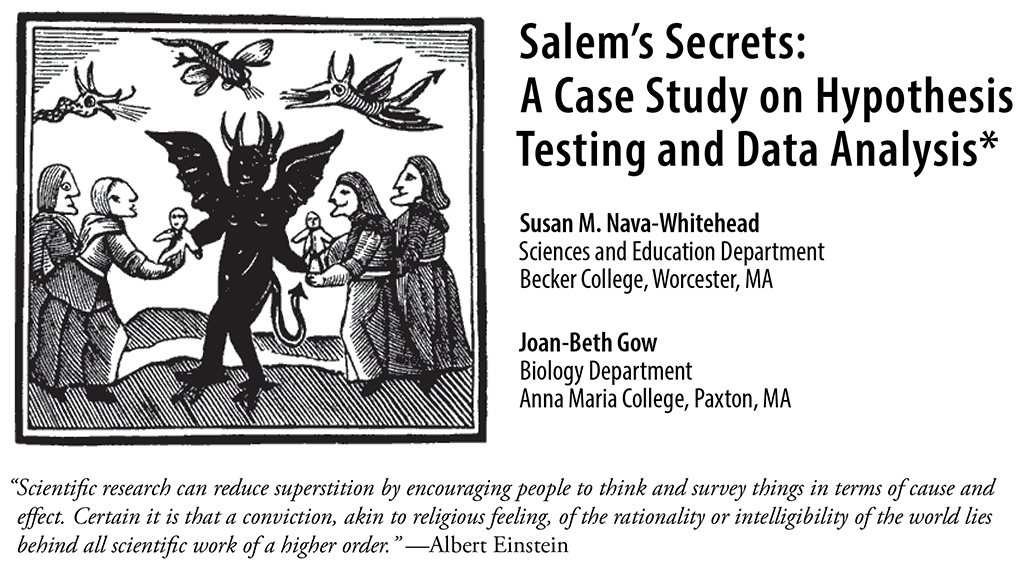Abstract
This case study examines the Salem witch trials that took place in Salem, Massachusetts, in the late 1600s. It is designed to provide students with an opportunity to analyze and critique data and help them understand the scientific method. Originally developed for a non-majors general biology course, the case could be used in a variety of other courses such as psychology, microbiology, sociology, biostatistics, and American history by focusing on particular aspects of the case. Likewise, this case provides an excellent opportunity for teaching across the curriculum.



